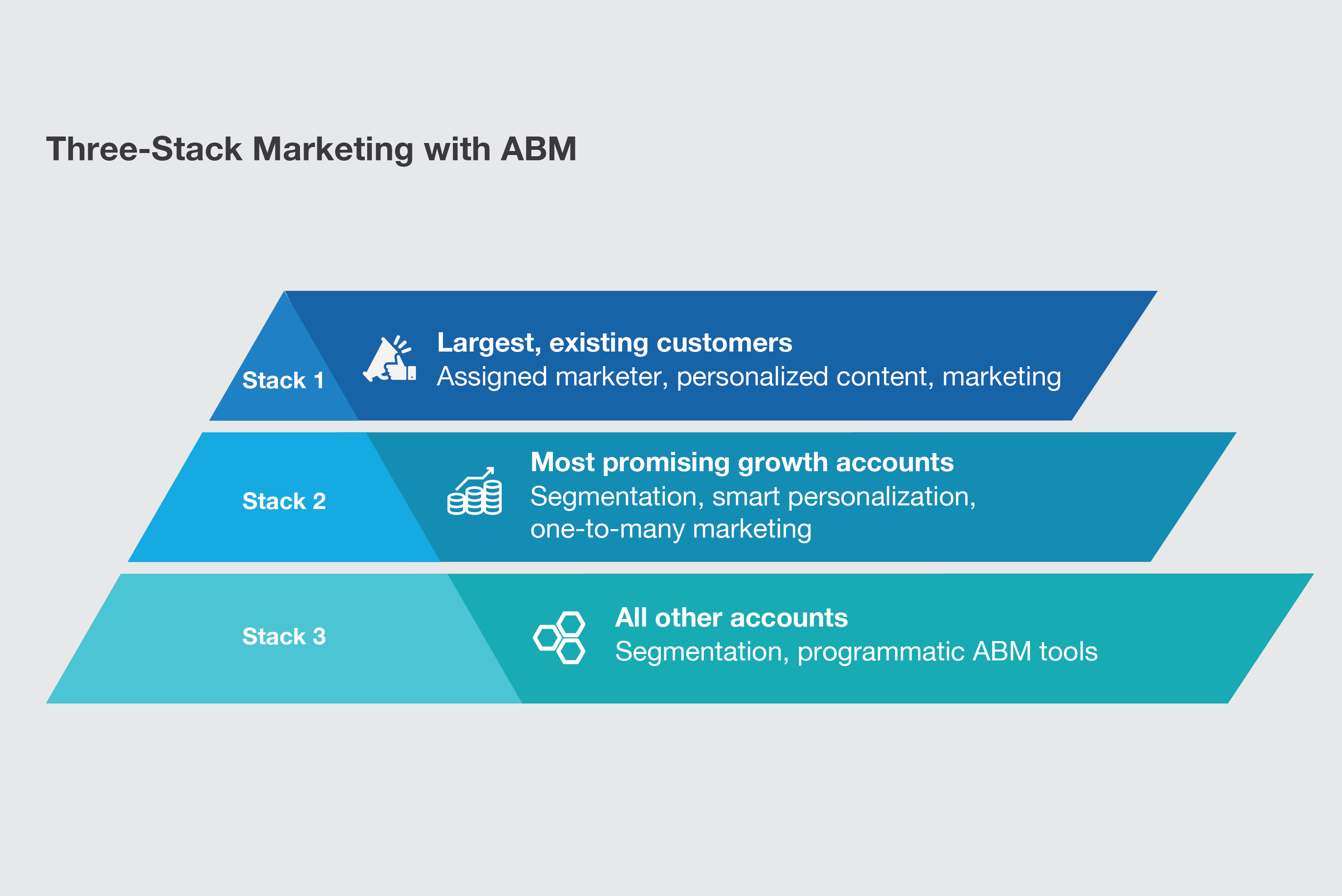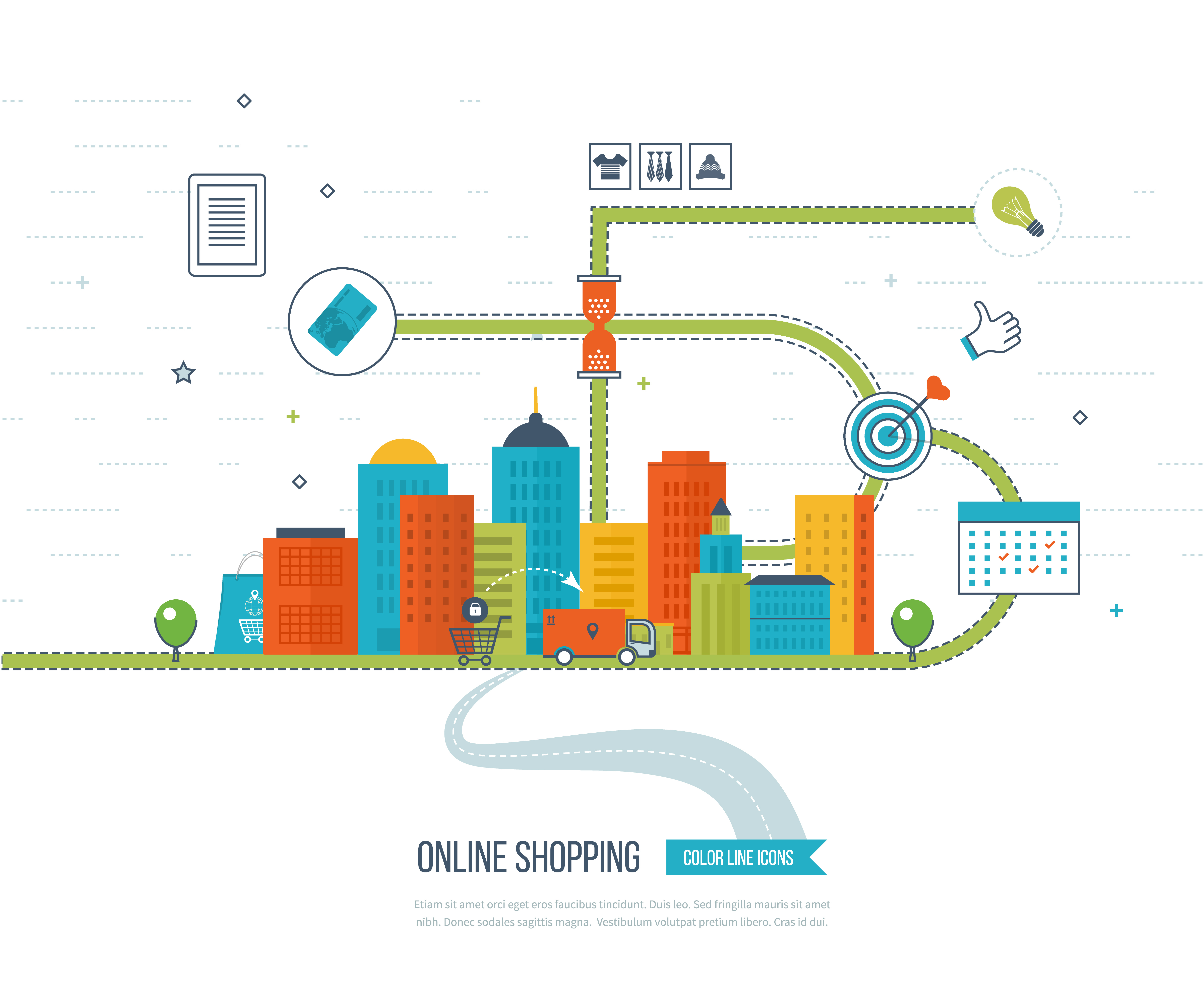Why Account-Based Marketing now, and an easy way to get started
Why Account-Based Marketing now, and an easy way to get started

Account-Based Marketing (ABM) is arguably the most effective response that marketing organizations can deploy today. A synopsis of the evolution of marketing trends in the last 15 years will show us why.Back in the early 2000s, we all started with e-mail marketing. Then, by the late Back in the early 2000s, we all started with e-mail marketing. Then, by the late 2000s as the email volume grew out of control, we began implementing Marketing Automation to continue outreach at scale.But that created a new problem – lots of leads, but mostly poor quality. By the beginning of this decade, some companies started deploying Predictive Marketing. Inside sales teams started using Predictive Analytics to prioritize what leads to pursue. By the later half of this decade, new challenges started looming on the horizon. A Gartner 2016-2017 CMO Spend Survey spotlighted it: senior management expectations from marketing have increased the most in retaining and growing existing customers. If growth from existing accounts is the biggest priority for marketing teams now, it has an immediate implication. We need to flip the funnel. Marketing activities need to be reprioritized around the best-fit accounts, with an action plan to reach out to them across web, social, mobile, events and e-mailers. That’s why Account-Based Marketing (ABM) has emerged as the biggest trend in B2B marketing today. And yet, adoption of any new approach brings associated challenges. Where do we begin? Is it too resource intensive? What ABM tech tool should we choose? Is my organization ready to deal with the myriad integration challenges with existing processes? Formidable issues all of them – and more often than not, we keep pushing out the decision for later. And yet, the cost of not taking up ABM is also high. There is a way out – don’t go for an all-or-nothing approach. Adopt what we call the Three-Stack Marketing with ABM. Basically, divide your entire account into three categories – Critical, Important, and Imminent. And then implement ABM activities in a differentiated manner within each category. This helps prioritize ABM activities very sharply, and allows for a staged adoption of ABM practices across the marketing organization. Stack #1: Marketing to One These are your Most Important Customers – the ones where you clock the maximum billing and with the highest potential to grow further. This segment requires a marketing plan for each such customer separately – be it content or other marketing communication. Assign a specific marketer to the account. Map all the buying centers in the customer organization, and link that to the people database you have (both first-party and third party), and then craft marketing e-mailers and content (including whitepapers and case studies) that’s very specific to that customer organization. We already do this personalization in varying degrees all this while, but ABM converts this into a formalized methodology. Stack #2: Customized Marketing This is the second tier of customers in terms of potential business opportunity – those that could become your tier 1 customers in the next 2-3 years. They already do significant business with you; they see value in your offering but the degree of engagement may not be very high. You could group this segment by industry, and further into key business initiatives so that the one-to-many marketing becomes feasible, with personalization. How do you personalize for the many? Share an industry-specific whitepaper for one set of such customers. For another group, customize the beginning and ending of the whitepaper/case-study/article; put the customer’s logo in the document, and write a personalized e-mail sharing the document. Introducing this milder level of personalization can generate very high returns; and you can do this at scale. Stack #3: Programmatic ABM This is where all the new technologies are making traditional ABM techniques more effective, at scale. Targeting third-tier of customers, who do not-so substantial business with you, or even have been customers in the past, is made effective through programmatic ABM tools. Segregate accounts by vertical, or horizontals (if that is more relevant in your context). There are a bunch of options here, including IP-based targeted advertising, gathering customer insights through social listening, combination of predictive analytics and marketing automation, and so on. Through programmatic ABM, with a single marketing resource you could target hundreds of accounts. So it is immensely scalable, and that’s why there is a big tech buzz around the new ABM tools today. ABM is immensely scalable, and the opportunities to leverage new technologies for ABM are expanding rapidly. We believe that taking a three-stack approach helps you get started or scale up the ABM operations better. (MWG is global content marketing agency, with clients including Fortune 500 firms and global consultancies. Our content marketers configure thought leadership solutions across enterprise technology solutions.)


